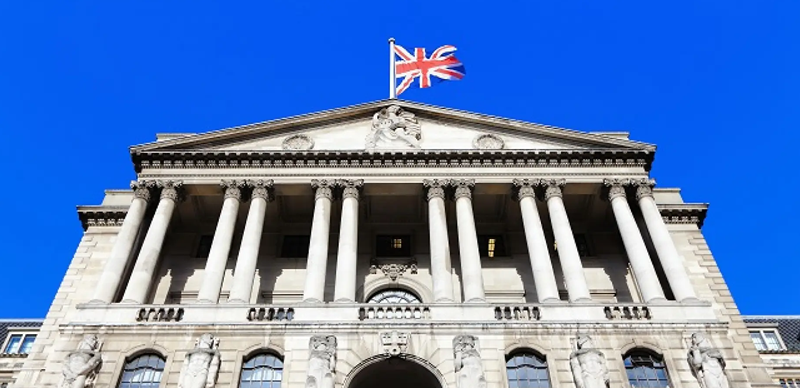
The BoE had been expected to raise its key lending rate, which stands at 4.50 percent, by another quarter point to combat inflation that is the highest among G7 nations.
However, shock data on Wednesday showing UK inflation holding at 8.7 percent in May dashed hopes of a slowdown and sparked bets on a larger half-point hike.
Either move would bring the BoE rate to the highest level since the 2008 financial crisis and further dent economic activity.
A half-point hike would be in stark contrast to the Federal Reserve, which last week pressed pause on US rate hikes after a sharp easing in the country’s inflation.
The European Central Bank last week raised its borrowing costs by a quarter point.
The Swiss and Norwegian central banks hiked their rates on Thursday ahead of the BoE decision.
“It cannot be ruled out that additional rises in the Swiss National Bank policy rate will be necessary to ensure price stability over the medium term,” the SNB said in a statement announcing the rate was increased a quarter point to 1.75 percent.
Norway’s central bank raised its key rate for an 11th time since 2021 and hinted at another likely hike in August.
The bank said it was raising the rate by half a point to 3.75 percent.
– More aggressive hike? –
All eyes were now on the Bank of England.
“Up until yesterday… markets were predicting with a high degree of certainty that we would see a quarter-point rate hike from the Bank of England,” noted Michael Hewson, chief market analyst at CMC Markets UK.
“That certainty has now shifted.”
Hewson said it was now an even split on whether the BoE would go more aggressive with a half-point increase.
“As (UK) inflation readings go it’s a very worrying number and suggests that inflation is likely to take longer to come down than anticipated… (and) in contrast to its peers in the US and Europe where prices now appear to have plateaued.”
The latest UK inflation data dealt a major blow to British Prime Minister Rishi Sunak, who has made slashing the pace of price rises a priority for his Conservative government as it heads into a general election next year.
UK core inflation, which strips out food and energy costs, spiked in May to 7.1 percent – the highest in more than three decades.
At the same time, UK mortgage rates and rents are surging, biting deep into disposable incomes while pay rises fail to keep pace with inflation.
Commercial lenders tend to match the central bank’s rate moves on their home loans.
The BoE hikes have sent the UK government’s long-term borrowing costs soaring.
– Recession risk –
Traders anticipate UK interest rates will hit six percent by the end of the year, while the Fed is likely to stand pat and the ECB could soon reach the top of its current rate-hiking cycle.
JP Morgan economist Karen Ward warned that the BoE may have to “create a recession” by pushing rates much higher if it is to bring inflation under control.
The British government wants to see inflation reduced to five percent by the end of the year, or about half the level at the start of 2023.
The BoE began lifting its key interest rate from a record low of 0.1 percent at the end of 2021, with inflation starting to creep up as economies slowly emerged from lockdowns.
UK inflation went on to strike a 41-year peak at 11.1 percent in October on rampant energy bills, after major oil and gas producer Russia invaded Ukraine in early 2022.
AFP





